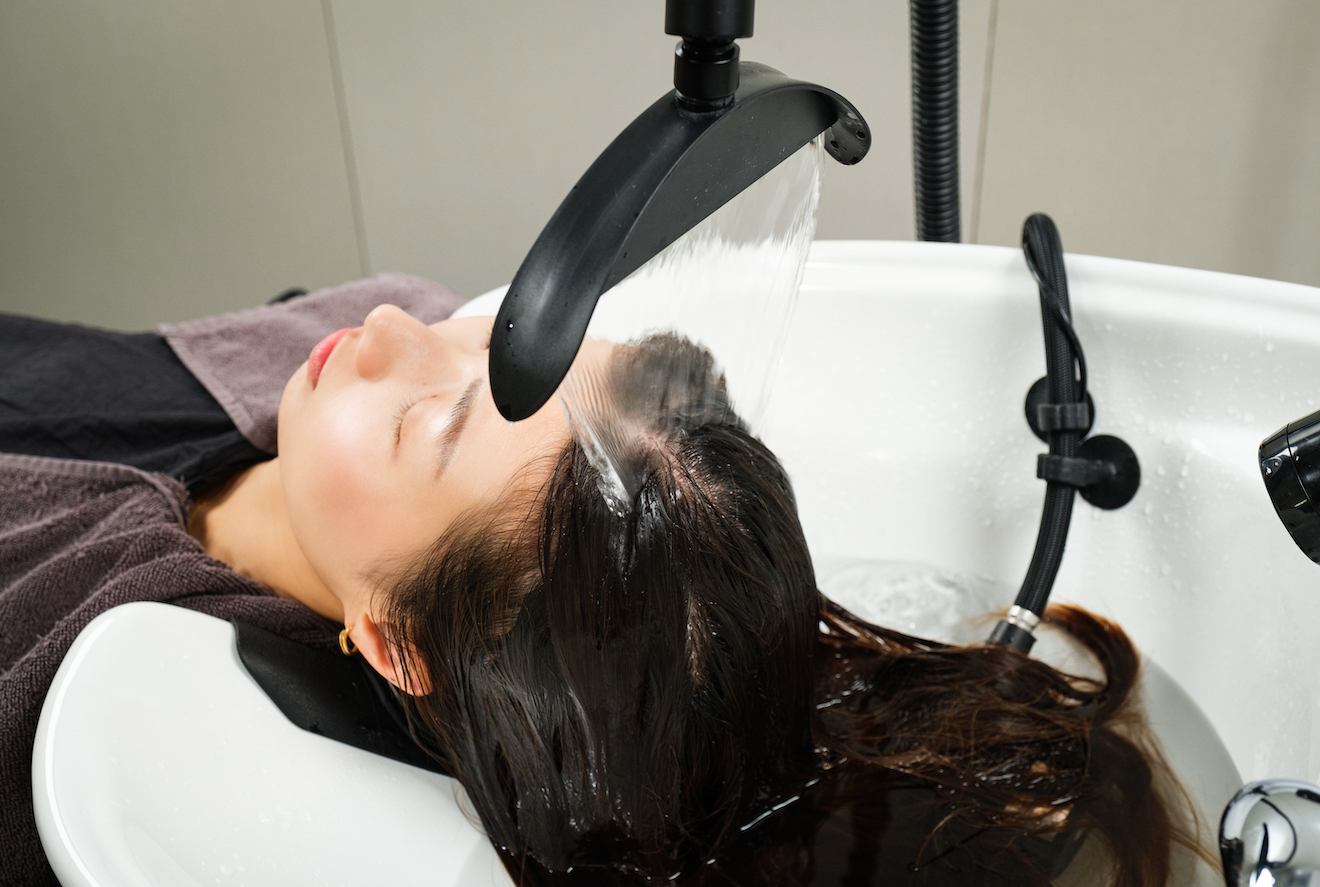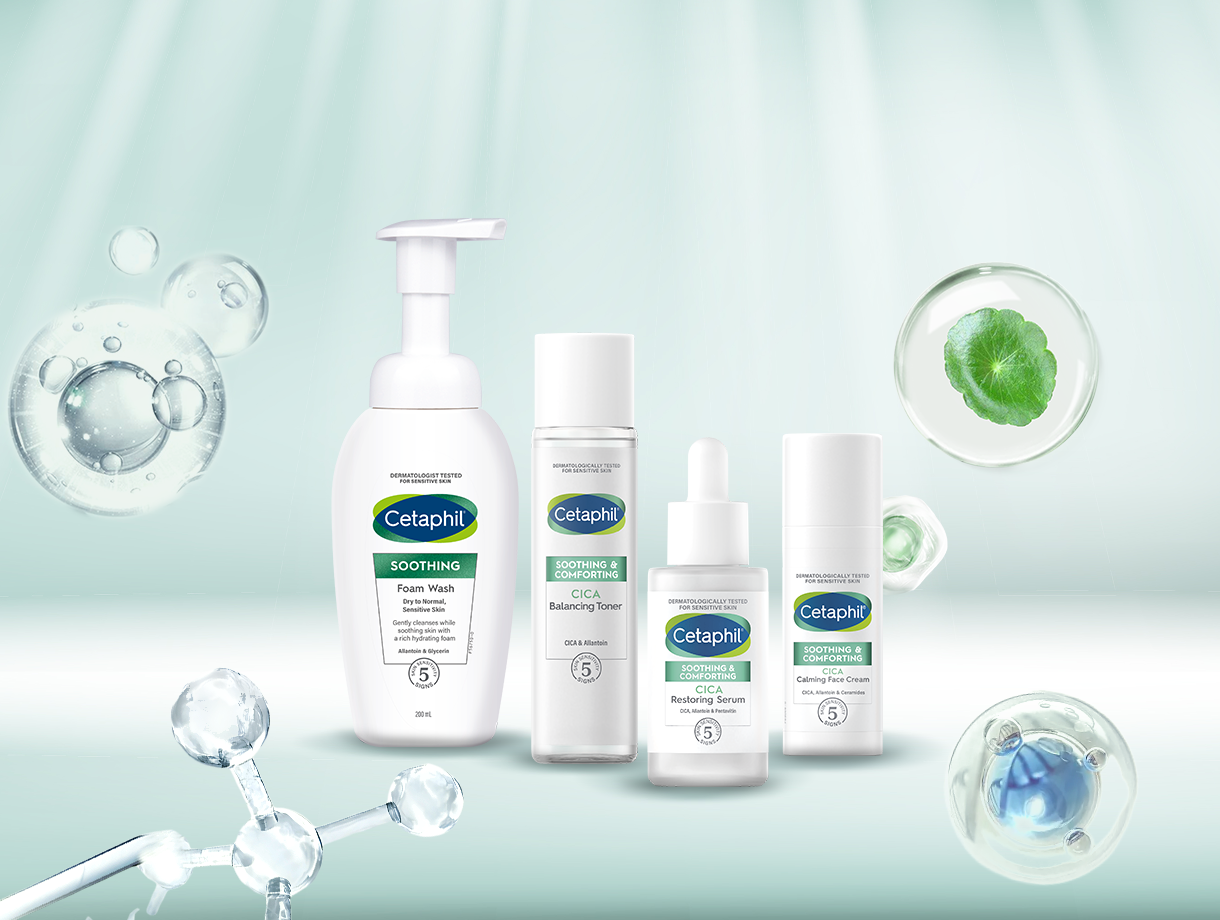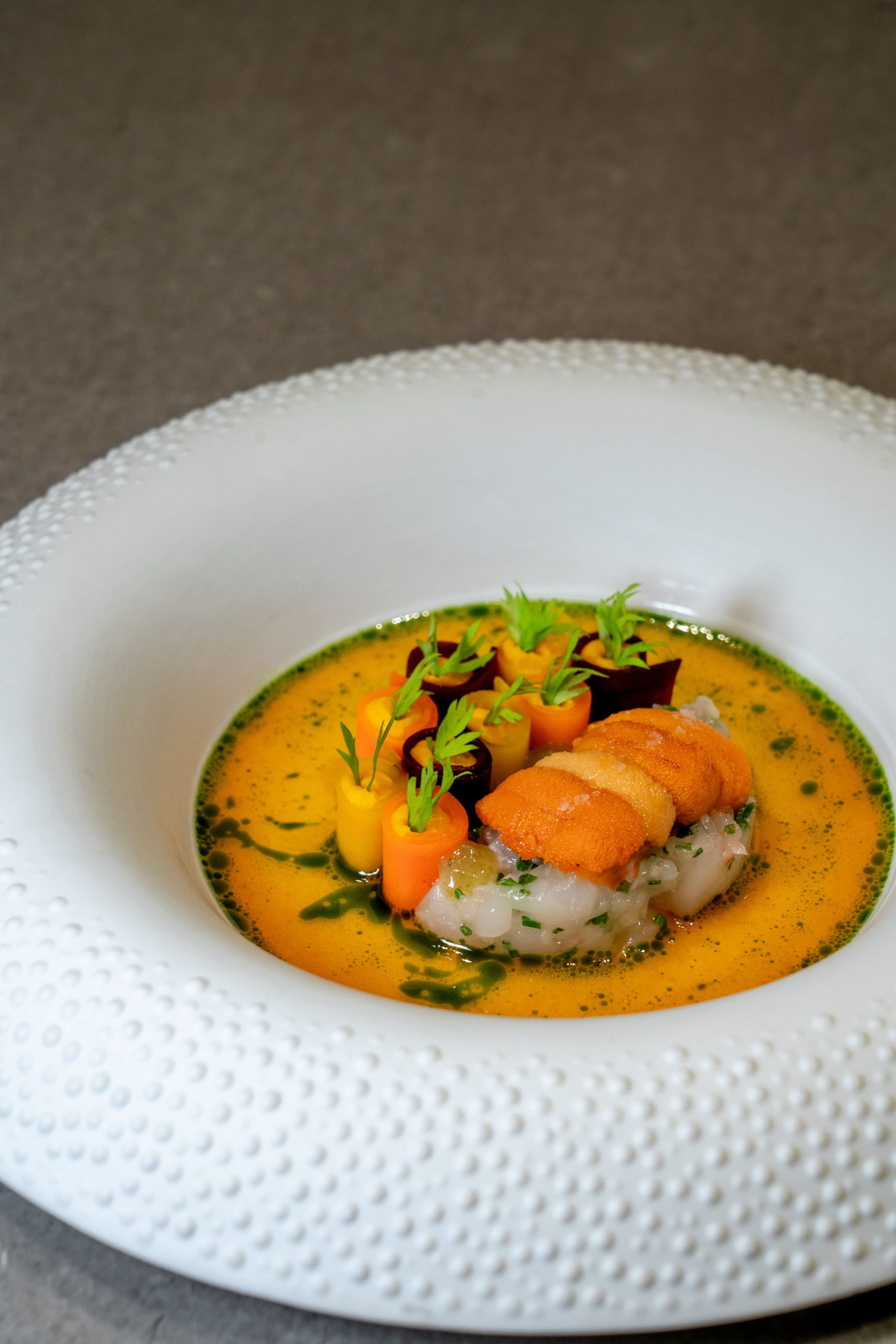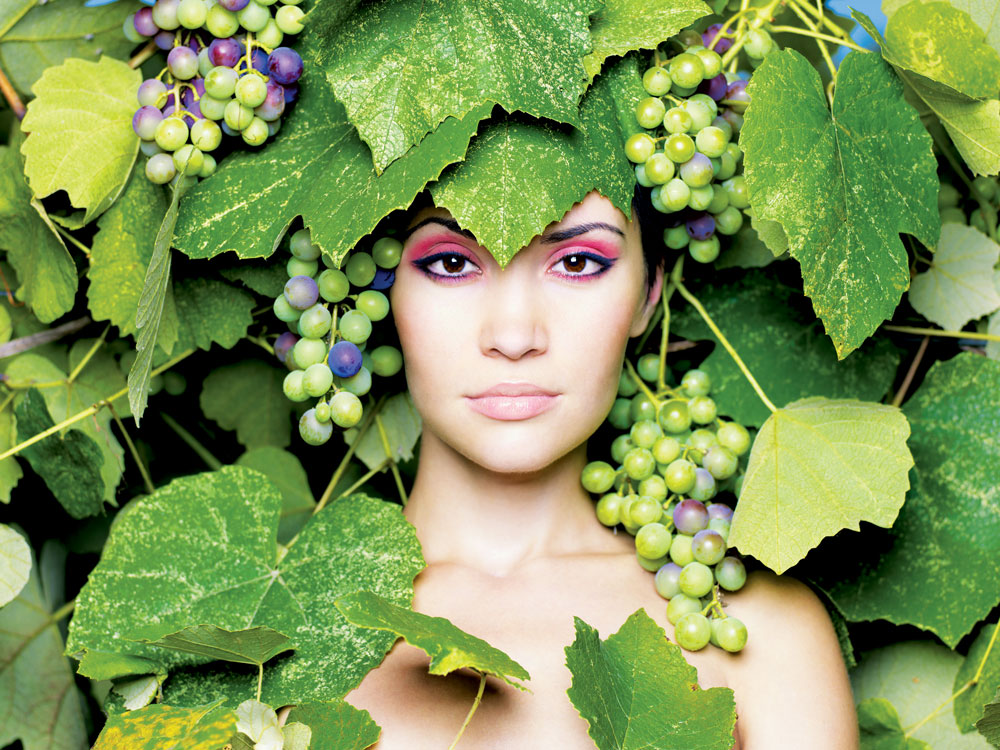
Anybody with even a fleeting daydream about the bucolic life afforded by a career in wine has probably fantasised over the idea of stomping grapes by foot. What more primal experience can there be, what greater way to tap the mysterious energy of countless ancient civilisations and their mythological, aesthetic and hypersexualised vinous rites?
And yet, like so many activities touted as the secret path to health, beauty and vitality, the experience left me with a rash. I was among a group of journalists on a trip to the Douro Valley in Portugal. We were up to our knees in the enticing, but at the same time eerily flesh-like warmth of a traditional granite lagar, or grape-treading trough, but all of us were fully clothed.
Far from being an orgiastic experience, our little bout of half-hearted marching probably made most of us wonder, as I did, how long it was strictly necessary to remain in there. My legs itched. Afterwards I was left with a ring of small, reddish bumps around my upper calves that only many, many layers of antihistamine later suppressed, leaving behind my otherwise positive memories of the trip.
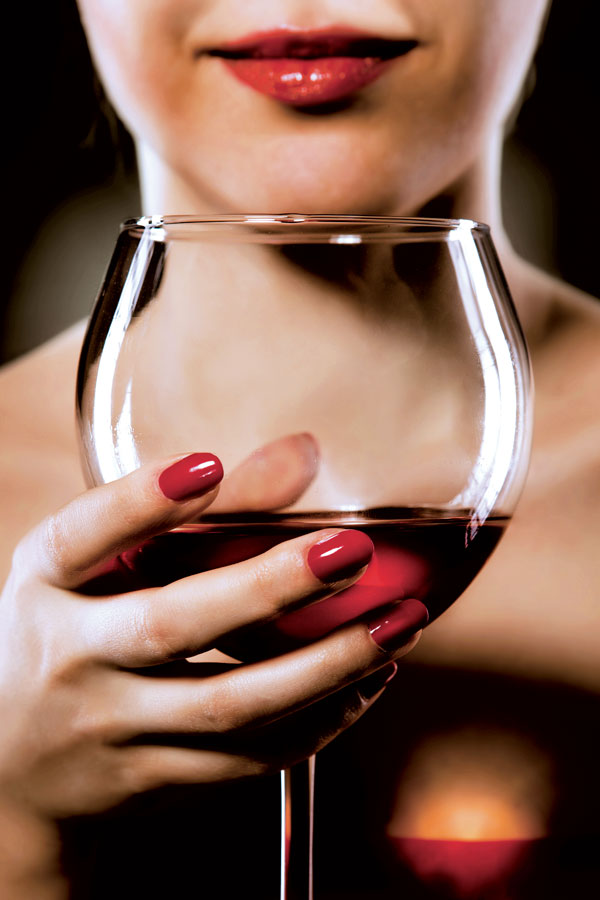
Wine and, by extension, grapes have had a reputation for healthfulness since an article by Serge Renaud in The Lancet in 1992 introduced the idea of the French Paradox. The French Paradox is the popular notion that the French, even though they eat a diet high in saturated fats, suffer from heart disease less than other people thanks in large part to their copious consumption of red wine. The consensus since then has been more that red wine, in moderation, is good for you. Then Professor Joseph Vercauteren of Bordeaux proposed that procyanidolic oligomers, extractable from grape seeds, were a powerful antioxidant with potential to alter the skin, giving rise to that internationally beloved beauty brand, Caudalie.
Countless wine scrubs and wine baths later, we are still without scientific proof either that the regular consumption of wine or the use of grape extracts, internally or externally, does us any good. Yet Asia seems to have accepted the theory enthusiastically. This is unsurprising, given that Asians are reputedly so fixated on health that we will swallow or slap on anything if we are convinced they will enhance our health or appearance.
The Asian faith in wine seems to be greater among women than men – especially the faith in the supposedly beautifying properties of the drink. Asian women buy everything from lip glosses with names that are evocative of wine to Japanese make-up that makes you look like you’ve drunk too much of the stuff.
We know less about the health-giving properties of wine than we would like. Study after study of the effects of wine consumption on cancer, the nervous system, cognitive functions, heart and circulatory diseases, metabolic diseases, reproductive health, inflammatory diseases, infectious diseases and even bone health has left only question mark after question mark. But some conclusions can be drawn with some certainty.
Most studies of the healthfulness of wine focus on the importance of a compound called resveratrol. Resveratrol is found in wine, berries and peanuts. But almost all researchers agree that you would have to drink bathtubs of wine for the resveratrol in it to do you any good.
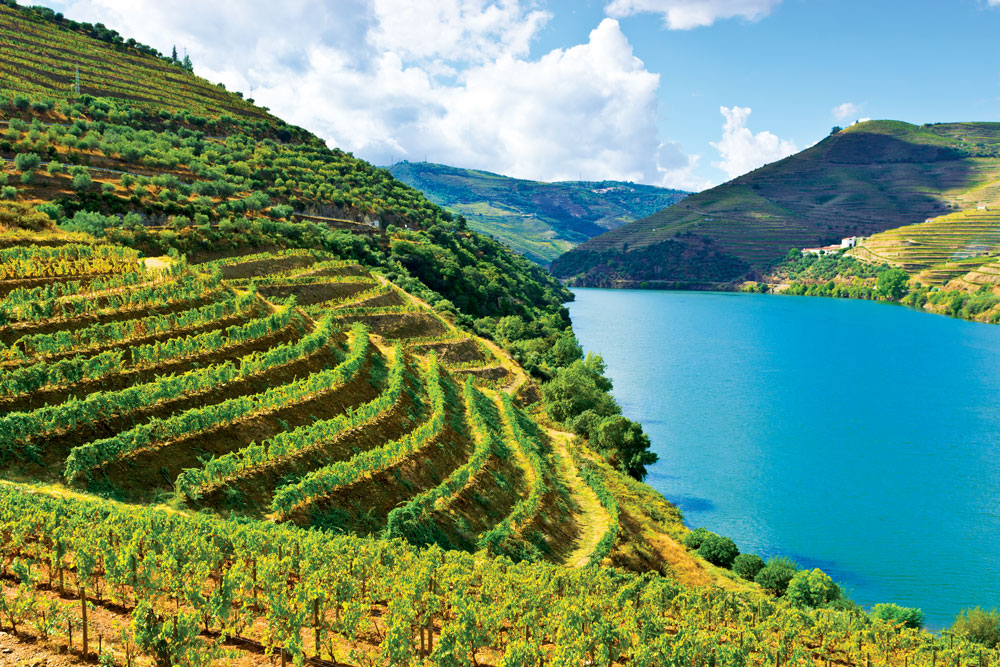
Far more abundant in wine are anthocyanins, which are purplish compounds, and catechin, which is the precursor of tannin. A litre of young red wine will typically contain between 500mg and 2,000mg of free anthocyanins, about 135mg of catechin and about 0.1mg of resveratrol. Resveratrol and catechin survive the wine being guzzled better and so show up in the bloodstream. Catechin is almost certainly the most powerful agent for preventing the oxidation of serum cholesterol.
The properties of melatonin, an antioxidant which helps you sleep, are less well explored. The melatonin levels in grapes fluctuate during the course of the day. So harvesting grapes at dawn, when the melatonin level peaks, may make the wine they are made into more healthful.
For the health of women, what counts most is the balance between polyphenolic compounds and alcohol in wine. Red wine may increase oestrogen levels in post-menopausal women, and contains aromatase inhibitors, which may give protection against breast cancer. On the other hand, much research suggests that all alcohol consumption greatly increases the risk of getting breast cancer, beneficial though the alcohol in wine may be for the heart.
Hedging your bets by drinking red wine only occasionally may be the answer. Of course, it’s not that simple.
Resveratrol may stimulate the skin to produce antioxidants in response to ultraviolet light and pollution, and it may help lighten unsightly sunspots. But resveratrol also tends to lose its oomph when exposed to ultraviolet light and it is hard to dissolve in water, the main ingredient of most mediums, such as a cream or serum.
Many compounds in wine are used for skin treatments, which are variously said to counter acne, make spots fade, slow ageing and give protection from the sun. But none has been given as much attention as resveratrol. Advocates of the theory that something other than resveratrol is the heroic element of wine have focused on where the wine is made and the variety of grape used in making it.
One way the cosmetics industry could make life healthier for all of us is by finding a use for the truckloads of waste, rich in nutrition, that winemaking leaves behind. There is insufficient farmland wriggling with hungry earthworms to make use of it as a fertiliser.
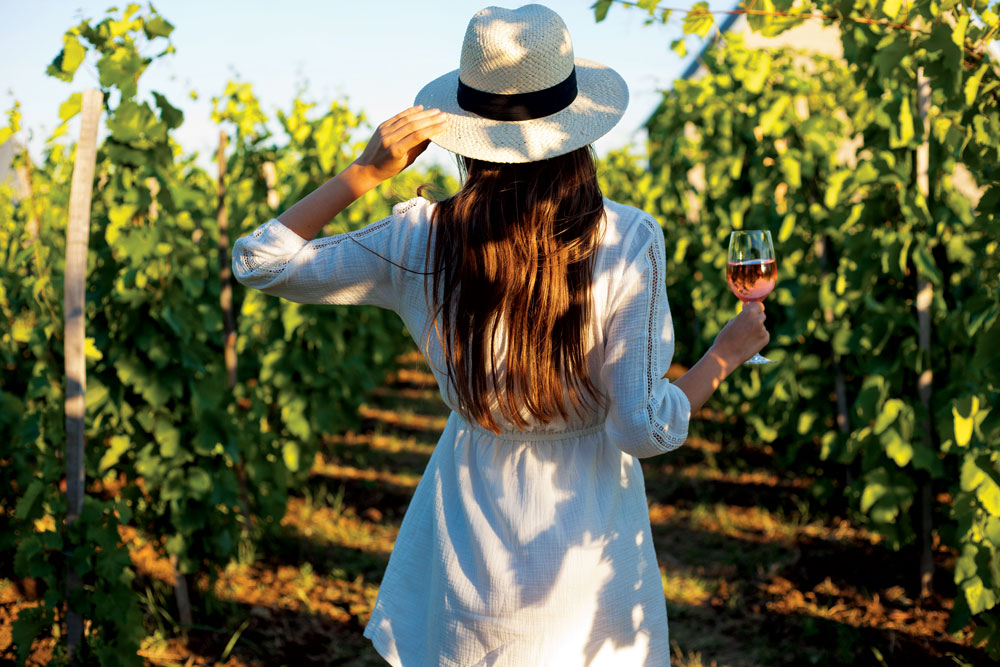
Are women really leading consumption of wine in Asia? In the mid-2000s, 40 per cent of Japanese women said they drank wine at least once a month. Just 31 per cent of men in Japan did the same. In mainland China, the proportion of drinkers of imported wine that are women has grown to 50 per cent in the past five years, and the proportion that are under the age of 30 has grown to 50 per cent. In India, 40 per cent of the members of the Delhi Wine Club are women. In South Korea, about 90 per cent of the customers that take that infamous booze-up on rails, the Wine Train, are women.
Why women appear to lead the consumption of wine in Asia is debatable. In the mainland, the notion that wine is good for you is still touted as the number one reason. Commentators there wax lyrical about the apparent belief among women that wine makes them more beautiful or improves the complexion. But the notion that wine is good for you was the main reason for drinking it when drinkers were predominantly men.
That Asia has embraced the idea of wine as beauty treatment is undeniable. Mathilde Thomas of Caudalie moved to Hong Kong in 2015 to focus on expanding her market in Asia. Could it be a sign of the persistence of Europhilia for beauty products, based on the belief that Europeans are somehow more beautiful? The dominant company in the field of wine as beauty treatment, Caudalie, is French. Few Asian companies have entered the field. Those that have usually make their products sound French – for example, Labiotte Chateau Wine Lipstick. Most of the newer entrants are Italian, Spanish and American.
Are more women going a step further and finding employment in the wine industry? The proportion of Chinese women with jobs of any sort has shrunk since the 1970s. But the growth of the wine business has created careers for many of the women that do have jobs. On the other hand, this may be because at the onset of that growth most buyers of wine were men. About half the 16,000 or so members of the Japan Sommelier Association are women – a proportion untypical of most occupations in Japan. Japan also has the Sakura Awards, a wine competition for women only, judged by about 400 women judges.
I came out of my fantasy about the beautifying and health-giving effects of sloshing around in a trough of squashed grapes with my legs ringed by red bumps and my mind infected by scepticism. I may scoff but I would never discourage my sisters from luxuriating in a largely ineffective but calming vinotherapy bath and savouring a glass or two.
This article originally appeared in the June 2017 issue of #legend magazine.


